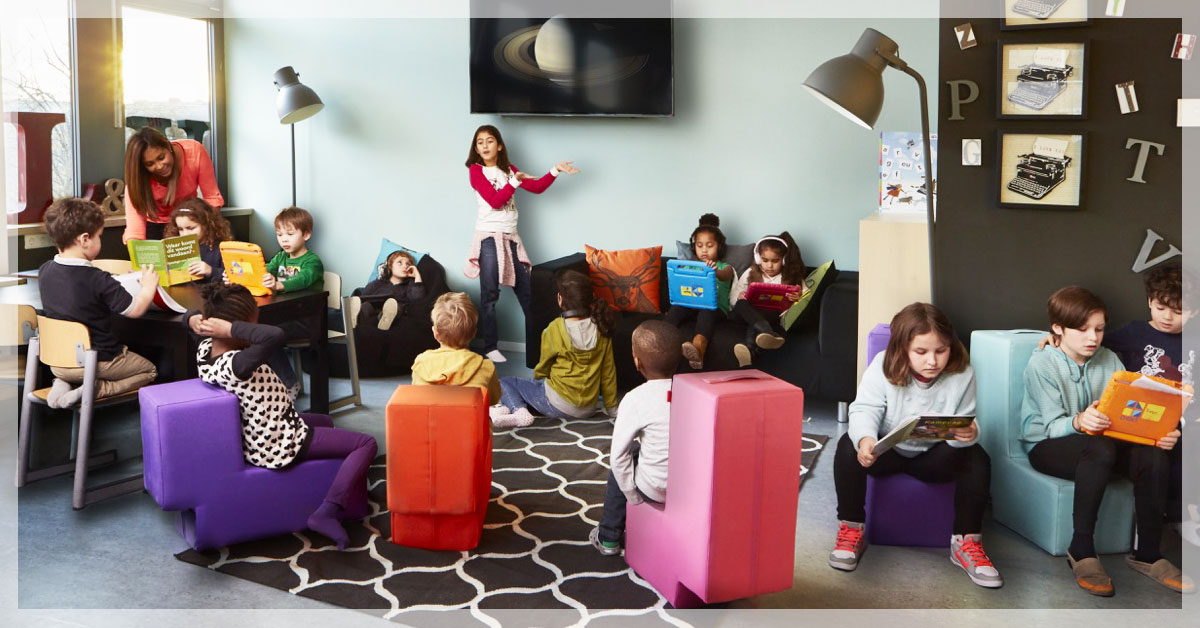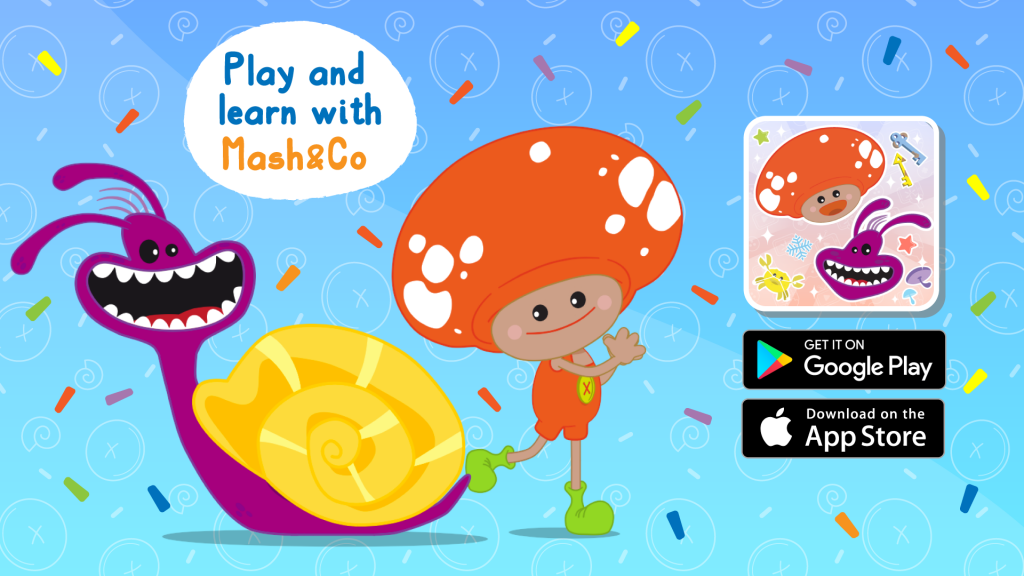5 innovative schools that we love
Schools with innovative projects that aim at an experiential and conscious education are close to our hearts. After careful research, here’s a list of our favourite unconventional schools. What are yours? Let us know.
The top 5 of the most innovative schools in the world
1. COPENHAGEN: Ørestad Gymnasium, the school in the cube
It is a school wanted by the municipality of Copenhagen to offer cutting-edge school services for children aged 16 to 19. The purpose of the school is to make the students active protagonists of their learning path, to do this the school was designed with open classrooms, tables joined to an island, stages, and steps. The teachers in this school plan the activities in an unconventional way: There are not only the classic explanations and queries, as in traditional schools, but the pupils collaborate in their personalized learning paths.
The institute is rich in multi-functional environments where students can stay in the mornings and afternoons studying, working in groups, participating in activities, conferences and relaxing from time to time on large pouffes and cushions. The structure looks like an enormous cube with large transparent windows.
On the ground floor, there is the canteen area and the gym, in addition to the administrative offices, which are open and visible as well. The gym is an ample space used for different activities, thanks to the internal sliding walls that allow dividing the spaces into several areas.
At the centre of the structure, there is a massive staircase that represents the place of socialization and movement (the handrail, is a giant slide studied to be in complete safety). The school is also open to activities outside teaching. In fact, the school principal says: “students who want to work on a particular project, play, produce videos and use the equipment of the school, can request in entrance ID and use the school environments during the weekend.”
Students use technology a lot in specific laboratories and thanks to the Learning Management System through which the teacher shares with the students the contents plan and the organizational aspects related to the spaces and times. Outside there are tables where students can carry out their group activities, under the supervision of the professors. It is a school, as the principal says, in connection with the outside world.
2. Egalia Pre-school. Stockholm, Sweden. The school of equality
Egalia is a kindergarten founded by Lotta Rajalin thanks to municipal funding. It was opened in 2010 and hosts children from 1 to 6 years. The innovative system of this school is based on total parity among students without distinction of gender, social class, religion, disability and sexual orientation. Children are called by name without any kind of categorization so that children can learn to judge only on the basis of their actions. No pink or blue aprons, little cars or dolls. Here the children are stimulated to the continuous exchange of roles.
3. Espoo: Saunalathi School, the school of happiness

The Saunalathi School in the city of Espoo, Finland was built on the concept that the environment has a great influence on children’s learning and happiness; It is among our favourite schools because it represents an open and barrier-free school model.
The 10,000-square-meter structure hosts 750 students, from the nursery to the high-school. The architects who built it created open, airy, spacious, and bright spaces: “The institute is not just a place to study traditional subjects, but to become a focal point of the city of Espoo.” The library, in fact, is open to the public in the evening, and “there is growing integration between the school, kindergarten and youth club.”
The interior and exterior decorations were created by architects with natural materials to create a warm and welcoming atmosphere. In the areas where children play and relax, the walls are in bright colours, and each classroom has different colours so as not to lose and confuse the younger pupils. All areas of the structure are connected to each other.
The windows overlooking the street allow students to connect and look out on the real world. The pedagogical approach used is libertarian. In fact, children are left free to sit where they want, in any position; they are free to move around the classroom and move their chairs.
Inside the school, there is a bar and a restaurant that is considered meeting places for pupils and teachers outside the learning environment. The outdoor areas are for sports and walks. In the evening, the school can be an entertainment centre for all citizens.
READ ALSO: Outdoor to discover the world
4. Steve Jobs School. Amsterdam, the Netherlands. The school that thinks different
 The most innovative schools in the world that rejects traditional teaching by encouraging students to follow their learning times. Students choose their specific way of learning and develop an individual plan checked and modified by themselves, their parents, and teachers (called coaches) every six weeks. All students, starting from 4 years old, have an iPad with an app that guides them in their learning path. The school’s motto is “Everyone at their own pace.”
The most innovative schools in the world that rejects traditional teaching by encouraging students to follow their learning times. Students choose their specific way of learning and develop an individual plan checked and modified by themselves, their parents, and teachers (called coaches) every six weeks. All students, starting from 4 years old, have an iPad with an app that guides them in their learning path. The school’s motto is “Everyone at their own pace.”
5.The “Possible school” in Turin
In Turin, there is a school without desks and tasks. It is the “Possible school” founded by Laura Milani. The school for five to thirteen-year-old students is the result of research of two years by the IAAD (the Institute of Applied Arts and Design, of which Milani is the director). The school wants to provide its students with experiential learning based on the knowledge of the twenty-first century.
The course of study is based on an interdisciplinary and multidimensional approach and designed ad hoc to help each student to express their potential. In this school, subjects are not traditional, but it’s “fluid and interconnected subjects to perceive, understand and learn the universe in its totality.”
“The school does not grasp the opportunities of contemporaneity. The possible school wants to bring innovation to the training path; it wants to excite little kids to the marvelous complexity of contemporaneity. The Possible school is not just a school, it is a new method that is primarily concerned with the happiness of the person and wants to form global citizens of the future happy and fulfilled”, says founder Laura Milani. Lessons can be in Italian or English, and great space will be given to coding to promote and develop essential 21st-century expertise.



